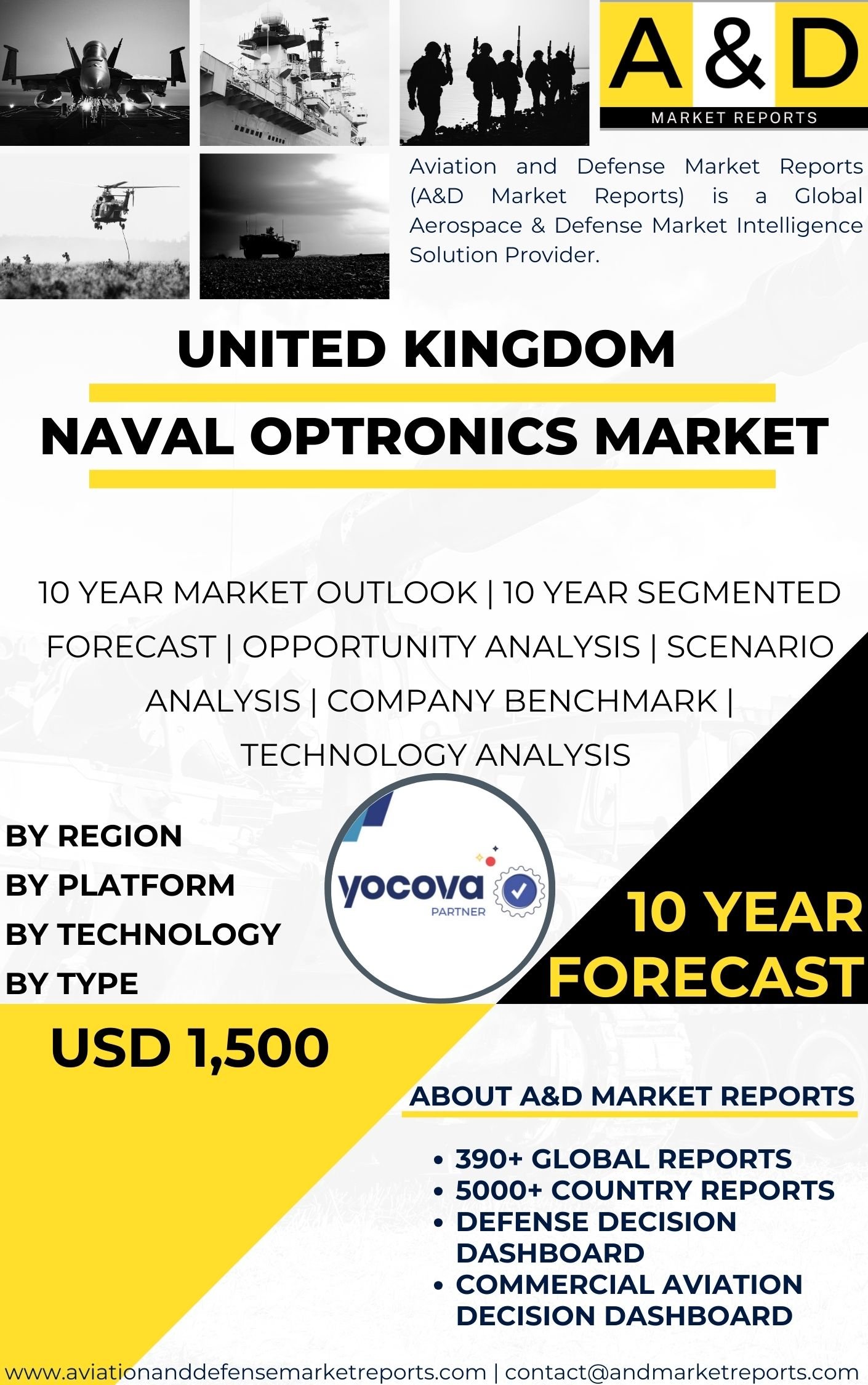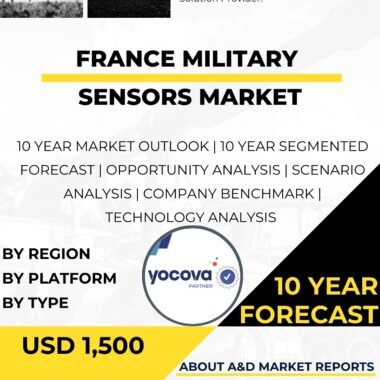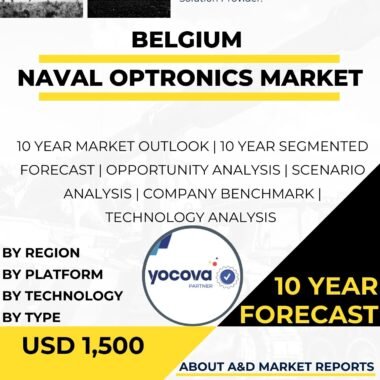Description
Naval Optronics Market in the United Kingdom is a highly specialized and strategically important sector within the broader defense and maritime industry. Naval optronics comprises advanced optical and electronic technologies employed on naval platforms such as surface vessels, submarines, and coastal defense systems. These technologies include electro-optical sensors, thermal imagers, infrared cameras, laser rangefinders, and night vision devices. Their purpose is to provide real-time visual data and environmental awareness under a variety of conditions, including low-visibility scenarios, which is crucial for navigation, surveillance, target acquisition, and threat detection. The United Kingdom, with its significant naval tradition and active defense posture, has been focusing on incorporating cutting-edge optronic systems into its naval assets to enhance operational capabilities and maritime security.
The demand for naval optronics in the UK is driven by the need for heightened situational awareness in complex maritime environments where asymmetric threats such as piracy, smuggling, and territorial incursions are prevalent. The British Royal Navy seeks to maintain its technological edge through the deployment of optronics that offer high-resolution, long-range, and multispectral imaging capabilities. These systems enable operators to detect, identify, and engage threats with greater precision and confidence. The versatility of optronic devices, which can operate across visible, infrared, and low-light spectrums, significantly enhances mission flexibility, allowing naval forces to conduct operations effectively during both day and night, as well as in adverse weather conditions. This capability is essential for safeguarding navigation routes, conducting search and rescue missions, and supporting combat operations.
Technological advancements play a significant role in shaping the naval optronics market in the UK. Integration of artificial intelligence and machine learning technologies has improved target recognition and anomaly detection, reducing operator workload while increasing decision-making speed and accuracy. The systems are designed to be modular and interoperable with other naval technologies like radar, sonar, and electronic warfare systems, thus creating a synchronized network of maritime sensors that amplify overall situational awareness. Stabilization technologies ensure consistent imaging even in rough sea conditions, and secure high-bandwidth data links facilitate instantaneous information sharing across naval platforms, from warships to unmanned vehicles. Miniaturization of sensors has enabled the deployment of sophisticated optronics on smaller platforms such as unmanned surface and underwater vehicles, which are increasingly used in reconnaissance, mine detection, and other critical maritime tasks.
The UK naval optronics market is also influenced by the ongoing modernization of the Royal Navy’s fleet and expanding investment in new technologies. The Royal Navy’s focus on network-centric warfare and multi-domain operations underscores the importance of advanced optronic systems in delivering comprehensive battlespace awareness. The UK’s strategic maritime interests, spanning the North Atlantic to the global commons, fuel continuous demand for robust and reliable optronic equipment capable of supporting diverse mission profiles. These include peacetime operations such as border security and anti-piracy patrols, as well as wartime functions that require precise targeting and threat neutralization in contested environments.
Industry players in the UK naval optronics market include both domestic and international defense contractors, many of whom collaborate through partnerships to provide integrated system solutions. The market is characterized by steady innovation in sensor technology, image processing, data fusion, and autonomous sensing platforms. British defense firms contribute significantly to research and development efforts aimed at advancing the performance and capability of naval optronics, aligning with the Royal Navy?s strategic requirements. Furthermore, export opportunities for UK-developed naval optronic technologies exist globally, as allied navies seek to upgrade their sensor suites and platform integration capabilities, thereby reinforcing the UK’s position as a key player in the international naval defense technology arena.
Overall, the naval optronics market in the United Kingdom reflects a blend of strategic defense imperatives, technological innovation, and evolving maritime security challenges. With continued advancements in sensor technology, artificial intelligence integration, and unmanned maritime systems, naval optronics will remain central to maintaining the UK?s naval superiority and protecting its maritime interests. The market’s trajectory is expected to be shaped by ongoing fleet modernization, widening mission requirements, and the need for greater interoperability within allied naval forces, solidifying the role of optronics as an indispensable component of modern naval warfare and maritime security operations.




